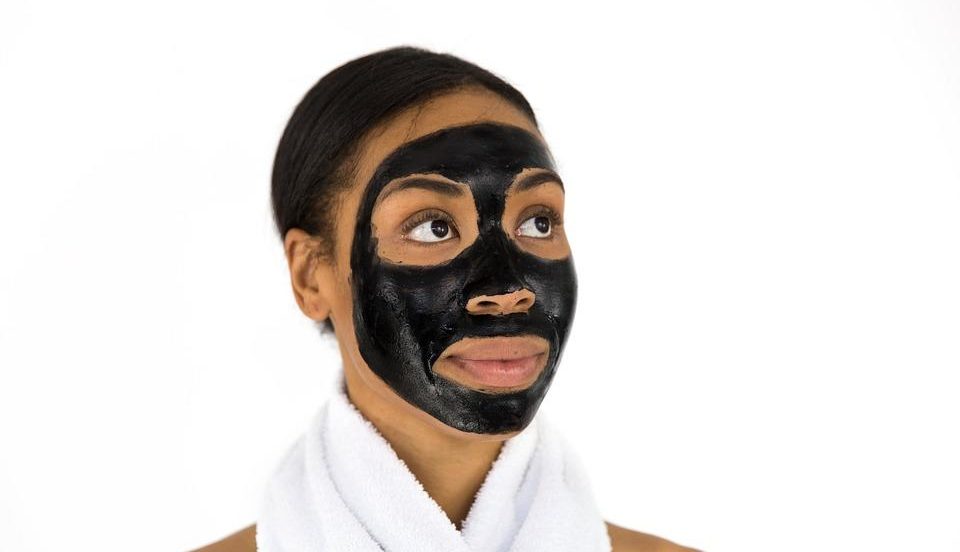 Skin care is by far the biggest portion of the beauty industry. International market research firms estimate that skin care sales will top $130 billion by 2019. That’s a lot of products.
Skin care is by far the biggest portion of the beauty industry. International market research firms estimate that skin care sales will top $130 billion by 2019. That’s a lot of products.
But how do you know if a skin treatment lives up to the hype? When you have an endless selection of skin care products it can be hard to determine which ones are worth your hard earned money.
Manufacturer claims are assessed by testing for efficacy. One of the easiest and most beneficial ways to test skin treatments is beauty product focus groups. This is a good gauge of efficacy because regular people are using the product in a real world setting.
A focus group can provide a range of information, including whether the group felt a product delivered on its promises. Each participant is asked if they feel the product worked, what they liked/didn’t like about the product and what type of results the participant noticed.
Doing your own personal focus group can get expensive. Before you start testing different types of skin care products, read this overview for information on what each one offers.
Skin Moisturizers
The result of using skin moisturizers is fairly straightforward. They add moisture to the skin, which helps to minimize fine lines, reduce dryness and plump the skin.
One of the most common ingredients found in moisturizers today is hyaluronic acid. Hyaluronic acid is well known for being able to retain and hold water molecules. This not only helps moisturize the skin, it also provides a plumping effect.
In general, virtually all moisturizers provide benefits compared to using no moisturizer at all. However, you need to consider your skin type before selecting a moisturizer. Oils can be used for very dry skin, but if your skin is normal-to-oily it’s best to stick to a cream formula.
Skin Serums
Serums are one of the latest crazes in the beauty industry that have remained popular among the masses. These are lightweight moisturizers with additional ingredients that penetrate more deeply into the skin. There’s also usually a higher concentration of active ingredients.
Keep in mind that serums only provide minimal moisturizing and are primarily used to either reduce acne, smooth wrinkles or improve skin texture. It’s typically best to pair a face serum with a moisturizer (in that order).
You also need to consider the ingredients. Look for:
- Anti-inflammatories
- Antioxidants
- Ceramides
- Essential fatty acids
- Amino acids
Face Masks
This one is hard to nail down because the purpose depends on the face mask. Each one is formulated to address specific skin concerns. The most common face mask benefits include:
- Moisturizing the skin
- Removing impurities
- Shrinking pores
- Brightening the skin
- Reducing acne
Most face masks are a cream that’s applied to the skin and removed once it’s dry. However, sheet face masks have become increasingly popular over the last few years. These masks are made of cloth that have been soaked in a solution. The cloth mask is applied to the face and remains there for a short time.
Retinoid Creams
Retinoid is a weaker version of retinol (Vitamin A) that’s been shown to have anti-aging properties. Unlike retinol, retinoid creams don’t require a prescription.
The main reason retinoids are able to improve the texture of skin and smooth wrinkles is because they speed up the skin cell renewal process. Old upper layers of skin are sloughed off more quickly to reveal the fresher skin underneath.
The best age to start using anti-aging treatments with retinoids around your mid or late twenties.
Probiotic Skin Treatments
Healthy diet gurus are probably already aware of probiotics in foods. But as of last year, a number of companies began making probiotic skin treatments. These products have good bacteria like lactobacillus and bifidobacterium that help skin maintain a natural balance and boost the skin’s defense system.
Probiotics have shown promise for people that battle skin inflammation. It’s also a winner for people who want to use natural products rather than manmade ingredients. For example, yogurt (a well known edible probiotic) is often used for exfoliating probiotic masks and creams. Of course, most beauty experts recommend working probiotics into your diet as well.
Recent Posts
- Castor Oil For Better Hair Growth: Is It Myth Or Fact?
- Exploring the Differences Between Sermorelin, Ipamorelin, Ibutamoren, GHRP2, and GHRP6: Understanding Their Role in Human Growth Hormone Regulation
- Unraveling the Mystery: Understanding the Causes and Prognosis of Ventricular Tachycardia Without Apparent Heart Disease
- Understanding Grandparents’ Rights in Oklahoma: Navigating Visitation and Legal Protections
- 10 Reasons to Consider Hypnotherapy for Your Health

